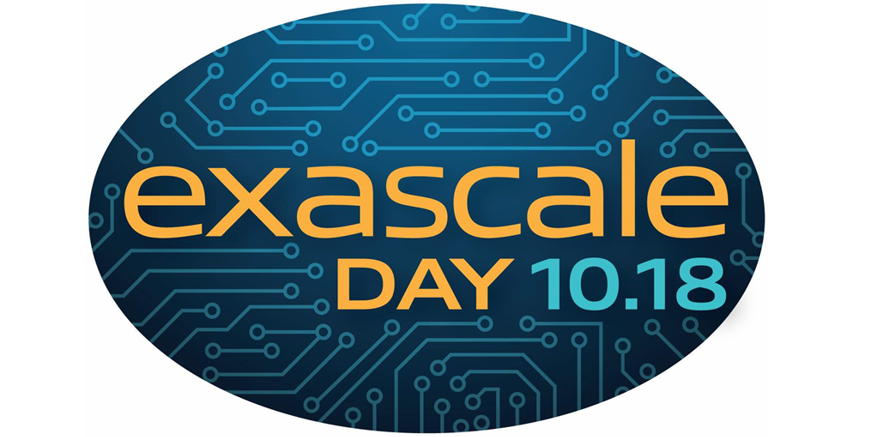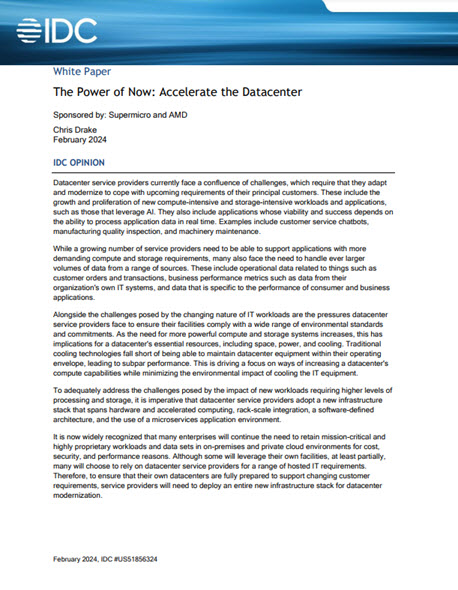![]() Aliya Sternstein over at the NextGov blog writes that the National Nuclear Security Administration, which is part of the U.S. Energy Department, has deployed a team of stateside computer scientists, nuclear scientists and meteorologists to gauge the radiation risks posed by the nuclear crisis in Japan. The team will use supercomputers to produce predictive models of radiation doses, exposure, hazard areas, and meteorological conditions.
Aliya Sternstein over at the NextGov blog writes that the National Nuclear Security Administration, which is part of the U.S. Energy Department, has deployed a team of stateside computer scientists, nuclear scientists and meteorologists to gauge the radiation risks posed by the nuclear crisis in Japan. The team will use supercomputers to produce predictive models of radiation doses, exposure, hazard areas, and meteorological conditions.
NNSA has probably the world’s premier set of codes that are capable of doing advanced simulations on all things nuclear,” said Stanley C. Ahalt director of the Renaissance Computing Institute in the Research Triangle area of North Carolina. “Not only do they have codes that are capable of understanding the degrading of the nuclear stockpile, but also that are capable of simulating, at the physical level, very sophisticated interactions between materials that are necessary for reactors to operate.”
The crew is located in California at the Lawrence Livermore National Laboratory, which houses the BlueGene/L and Dawn supercomputers, ranked #12 and #16 on the TOP500 list of the world’s most powerful supercomputers. Read the Full Story.




[…] reported here, NNSA is using supercomputers at LLNL and other locations to produce predictive models of radiation doses, exposure, hazard […]